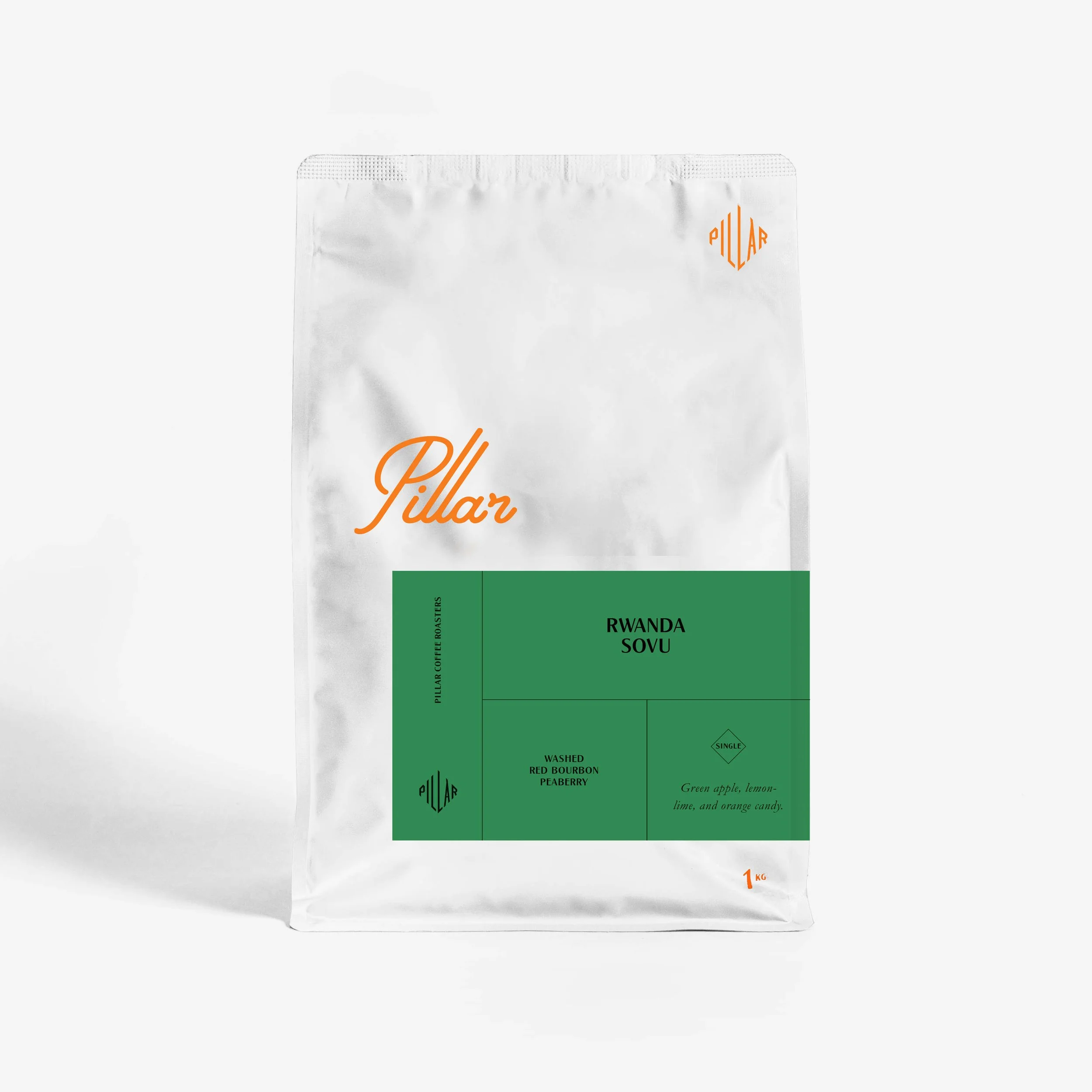Roast Profile Series




Roast Profile Series
A deeper dive into the Roaster pack.
Welcome to our first Roaster educational pack.
The inspiration for this series came from the recent talk my brother and I did at the Melbourne International Coffee Expo (MICE) in May 2024. “Roasting with the Densitypress."
For those not familiar with Bush and Bush Coffee Systems. It was founded by my brother Jake and me to create a way to provide a more physics-based measurement system for the coffee industry from green bean to cup. That system is Density! Whilst density can be used from green bean to espresso, the talk at MICE specifically looked at Density in roasting.
What we learned from feedback after the talk was the need to write a book highlighting the heat transfer in roasting, using density mass and volume as a base for analysis.
To measure and illustrate these effects, the book will highlight 4 different roast profiles. Whilst an in-depth commentary will be provided in the book, we thought it would be advantageous for people to try the profiles featured in the book ahead of time. It may also serve as a summary of what was discussed at the MICE talk. Including the use case of our calibration tool the DensitypressTM
The four profiles in the pack were also generated and roasted on our roaster “Little Red”
Little Red is a purpose-built 400-gram sample roaster retrofitted by Jake specifically to research heat transfer impacts on bean density. For a deeper dive into Little Red together with his before and after shots, you can read the following articles under our journals tab.
The articles above highlight just how much work has been done to Little Red. The curves themselves reflect these improvements and upgrades, as a result, the curves below are very "busy"
The four curves used in the book, and in this roasting pack are illustrated below.
1.) A Decline curve with a decline ROR.—Hit this link for curve
This curve is your traditional curve, roasted the world over for as long as roasting has been around.
2.) Pullup Curve—Hit this link for curve
The Pullup curve is designed by having one set heat point and then “pulling” the coffee up to this temperature. It relies on three main factors that must balance each other.
The charge temp,
The volume of beans in the drum
The desired end temp and time.
These three goals are met with one set inlet temperature, which "pulls the bean mass up to the desired end temperature. A pull-up curve can be best thought of as setting your oven temperature like when baking a cake.
The size of the cake, the heat in the oven and the time needed to bake the cake are all achieved by setting the oven temperature. This balance then "pulls up" the cake to the desired temperature, whilst simultaneously allowing for the correct cook time and development.
3.) The S curve—Hit this link for curve
The S Curve is an Old-school style of roasting. It’s a great style and unfortunately, has been left behind many years ago as the specialty industry abandoned it. It still has merit and essentially looks to start the roast with a modest amount of heat and let the curve slowly roll into the Maillard phase where heat is then applied toward the back. In some respects, an S curve can be viewed as a pull-up front, with a ramp back.
4.) Ramp Curve—Hit this link for curve
In opposition to the Decline curve, a Ramp curve starts at a low environmental temperature and burner heat, then proceeds to increase in temperature until the end of the roast where the most heat is applied. The result is an increasing ROR throughout the roast.
The ethos behind these four curves, their deep dive, and when and how to use them, will be explained in detail in the book once it is released. So unfortunately a full commentary on these curves is not possible at this time.
To counter this, we have provided an extra analysis of the curves in a YouTube video on the bush and bush YouTube page. In this video, we will dive deeper into the curves and a use case of the densitypress to measure them. To get the best out of your roasters pack, I highly suggest you watch the video.
Please see the link below.
Roast Profile Series-Pillar X Olina Cai X Bush & Bush Coffee Systems
Otherwise, upon receiving the set we suggest you first cup them blind and see what you can take from them. Perhaps try to guess which curve is which?!?! Then cup again with the YouTube commentary.
They are designed to be similar but with subtle differences to highlight the use case for each curve. Please save some of the beans to try at a later stage. (3-4 weeks) as Littel Red coffees tend to change as they open up.
We hope you enjoy them.
Best wishes
Pillar coffee, and Bush and Bush coffee systems.








